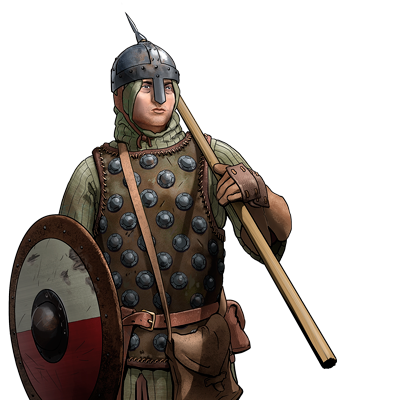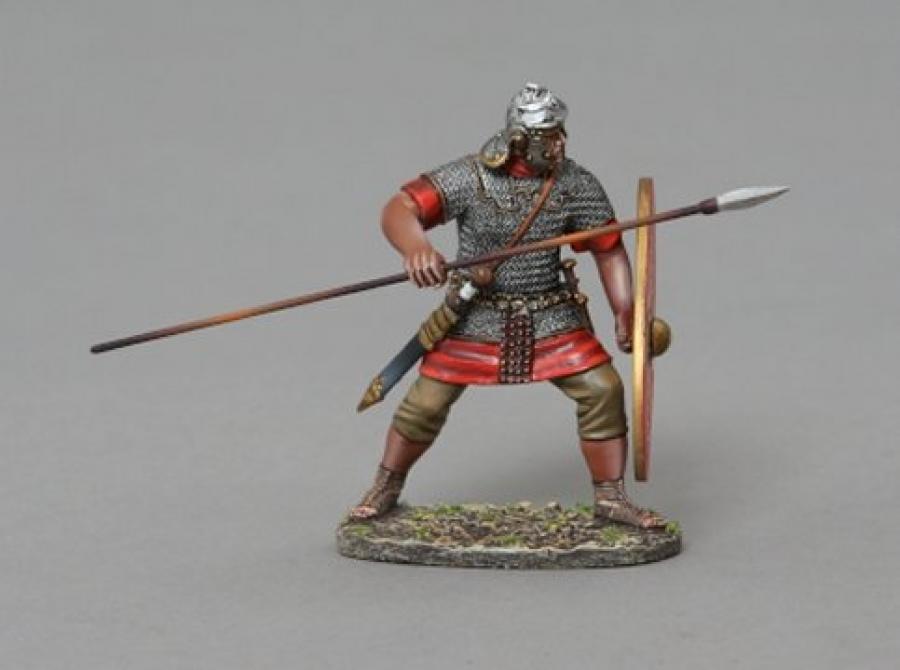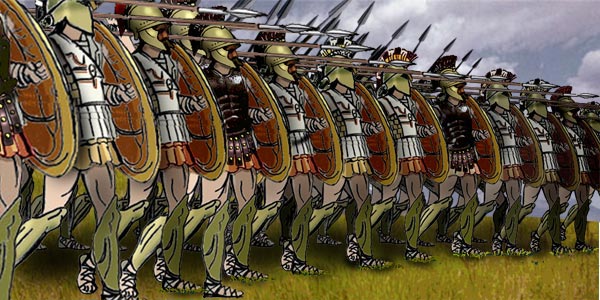The problems of the in-game representation of Spearman and Pikeman is another reason for my suggestion for a different system for common militar units. I have some points in mind to build the common lines:
1- Units should be easy to identify by the player, being key elements the weapon used and the way the warrior move using such weapon. Even their icon could be just the weapon.
2- Also considering that each common unit should have different "skins" for different world regions (european, middle eastern, far eastern, etc.) Likewise prioritize to have upgrades for the lines each era if possible.
3- Replace the every turn micro of carpets of units from overspecific units lines with a system of armies+garrisons composed by different units, formations and orders (adding value to experience, moral, positioning, terrain and supplies).
4- Integrate the "denizens" core system of social "classes" with regular units from the Warrior class and irregular units from the Labourers class.
Then as
@Boris Gudenuf pointed spears were usually a cheap weapon commonly used by the irregular/non-professional troops. So for my
Irregular line (
Commoner>
Levy>
Militia>
Guerrilla) the two first stages would be armed with spears (Commoner is Ancient+Classical and Levy is Medieval+Renaissance, Militia is Industrial+"Modern* from the introduction of accesible guns). For reasons of naming and being a non-ideal combatant unit (also some historical) this line has two eras stages.
Well now come my more heterodox take on this. The whole "anti-cav" line is scraped, incorporated into the "melee" line. As mentioned the Pike was a weapon associated to professional units that beyond the hellenistic Phalanx were not so common until the LateMedieval+EarlyModern period, then I decided to add Pikeman to my
Melee line (
Clubman>
Axeman>
Swordman>
Pikeman>
Musketman>
Rifleman>
Shock Infantry>
Assaul Infantry>
Augmented Infantry). The stages 1-6 are named after their weapon while 7-9 are under the scheme of a more technified system of mechanized warfare (the biggest change in militar gameplay). For the early stages the visual of each era are:
- Clubman, beathing the enemy with a two-hands wooden club based on the ones from Polynesia and Amazonia.
*The era is Neolithic but is NOT supposed to be a hunter-gatherer gameplay era, is based in prehistoric agrarian-pastorial-maritime villages that at least for me are an underrated period.
- Axeman, chopping the enemy with a single hand bronze axe (shield in the other) based on the ones from ancient Egypt, Sumer, China, etc.
- Swordman, slicing the enemy with a single hand iron sword (shield in the other) based on popular picture of classical and "dark age" infantry.
- Pikeman, stabbing the enemy with a two-hands steel pike (still could have a shield tied up in one arm or in the back) based more on early forms of the Scottish Schiltron than on the Swiss Reislaufer for a more medieval esthetic.
Of course these weapons historicaly were NOT a succession, but we must take in mind that any try to fit all these into the game's abstracted common militar units for the whole world from Ancient to Modern eras would end in another ahistorical naming anyway. Otherwise in a more overspecific system
à la Total War even more different lines would turn to be an incovenient to visualy represent every regional forms of each one and for the player to recognize them.








